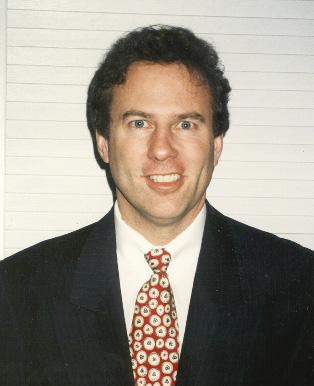Cable Joins A Satellite Show: A Notable New Mixed Signal
My good friend and self-described latent curmudgeon, consultant Gary Arlen, has a remarkable mind. He engages things in ways quite unlike most others, and yet almost all the while keeps focused and amicable, despite an occasional flare-up of healthy cynicism. In short, I like being around him, and learn lots whenever I am.
Thus, when he accepted my suggestion to return to the satellite conference in Washington, DC Convention Center on March 16, and spend a bit more time on the exhibition floor, I was pleasantly surprised. And I was even more pleased when later on he scribed me a short tweet-like email, specially pointing out the Comcast booth # 1418.
You see, cable, and certainly big cable, has rarely ventured outside of its own big silo to dabble in the big silos of its rivals known as direct broadcast satellite and telco video. Indeed, I’ve never seen a big cable operator exhibit at any satellite show. Yes, this was a 25-year first.
Indeed, in the past, American Cable Association CEO and president Matt Polka has joined a couple of panels at the satellite shows I have produced in DC, but his visits have been rare, and Mr. Polka does not always have the kind of bigger cable constituency (and numbers) behind him as that of the National Cable Telecommunication Association. Put another way, I cannot remember seeing cable’s Kyle McSlarrow or Glenn Brit speak at a satellite show, nor Brian Roberts or Pat Esser, nor the telcos’ Ivan Seidenberg or Randall Stephenson involved publicly at a cable or satellite event. And satellite’s Charlie Ergen and Michael White haven’t been tapping the lectern at too many cable or telco shows these days. It just doesn’t happen.
Worth noting is that Cablevision chairman, Chuck Dolan, used to attend shows to promote his nascent Voom service, but that was because of the high-definition service’s obvious satellite centricity. Outside of that, there’s been nothing involving pay TV cross-fertilization, which does not make sense.
In short, it is unusual to see cable folks on panels or at booths at big or small show with satellite or telco folks, and I can’t recall ever seeing a cable booth on the floor of a satellite show (or vice versa).
The Comcast Media Center listing on page 44 of the official program guide included its Centennial, CO address and website, as well as the following verbatim description: “Comcast Media Center (CMC) provides businesses with full-time and occasional video and audio transmission services via satellite, fiber, and IP over video. CMC acquires and distributes content in HD, SD, 3D and in MPEG-2 and MPEG-4. Other services include network origination, disaster recovery, and VOD.”
Many of you may not know this, but the reason I chose the title “Mixed Signals” for this column is because I want to write about broadcast and pay TV as a whole, and because I see each of the core stakeholders currently and eventually becoming more and more alike (or at least doing more and more of the same things for consumers…who, by the way, don’t care much how they receive their signals, and typically don’t care about whom they receive them from).
Thus, when I see one player allowing its separate silo to merge and converge into and with that of another silo, well, frankly, I think it’s impressive. Because in the end, so much of what keeps cable and telco and satellite (and even Internet and over-the-top players) apart is artificial, and is imposed by an establishment and a culture that needs to think things through thoroughly a few times more every year.
And one of the last ones I thought I’d see doing this at this point was the biggest and often one of the most conservative of the large cable bunch, i.e., Comcast. I was, like Gary, intrigued, and upon further investigation, impressed. To mine and Gary’s great surprise, there they were. Comcast is trying to do what Charlie Ergen has been trying to do with them for years: get the traditional competitors to buy your services (as Ergen has been doing with his hardware spin-off, EchoStar, which endeavors to sell amazing set-top boxes to U.S. cable operators — but which has for years now not succeeded).
So, thanks, Gary, for helping me find these new “Mixed Signals.” Let me know when you find more, because they are coming, and I’ll be listening.
Indeed, cable, there’s money to be made in satellite, and satellite, you’ll find new revenues in cable and telco and Internet/OTT…and lots more in between and amongst each other. That’s the telecom business model of the future. You simply need to properly redefine what it is that you really do.
Jimmy Schaeffler is chairman and CSO of Carmel-by-the-Sea-based consultancy The Carmel Group (www.carmelgroup.com).
Multichannel Newsletter
The smarter way to stay on top of the multichannel video marketplace. Sign up below.
Jimmy Schaeffler is chairman and CSO of The Carmel Group, a nearly three-decades-old west coast-based telecom and entertainment consultancy founded in 1995.

